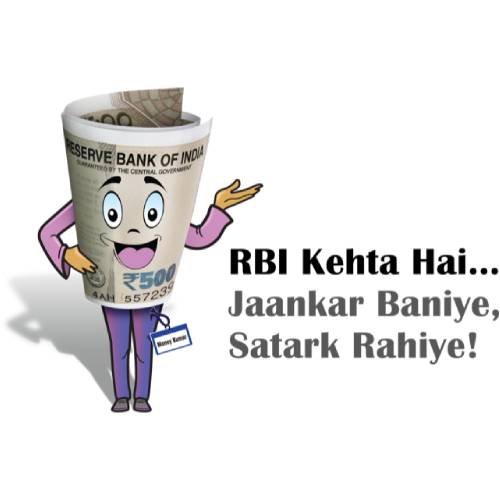History
Empowering women was the prime objective with which the Self employed Women’s Association movement called SEWA began its journey in 1972 by Shri Elaben Bhatt. Today, SEWA is the largest single trade union in the country with a membership of more than 20,00,000 Informal Sector Members. (SEWA) a trade union of unorganized sector women workers realized a need for "PROMOTING" THEIR OWN Financial Institution.
This need was based on three major reasons.
- They need capital for running their day to day business as well as for buying equipments for the business.
- Such borrowings were on exploitative terms and they desperately wanted to come out of the clutches of these money-lender.
- They wanted some safe place to put their "Savings"
- Their experience in dealing with formal banks through SEWA UNION had made them realize that it will be extremely difficult for them to avail banking services from these formal Institutions.
Self employed workers are those who earn a living through their own small business or through selling their own labour. They said that, "We may be poor", "but we are so many", and indeed 4,000 self employed women contributed share capital of Rs.10/- each to establish the “SHRI MAHILA SEWA CO-OPERATIVE BANK”. In May 1974, the SEWA Bank was registered as a co-operative bank under the dual control of The Reserve Bank of India and The State Government. Since then it has been providing banking services to poor, illiterate self-employed women and has become a viable financial venture.
They barely have any assets or working capital. But they are extremely economically active, contributing very significantly to the economy and society with their labour. This sector of the economy is called the Unorganised (Informal) sector. They mostly caught in Vicious Cycle of Poverty and vicious cycle of vulnerability.
The members are engaged in the three predominant activities
- As Vendors
- As laborers or small service providers
- As home based workers




